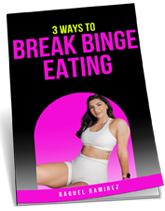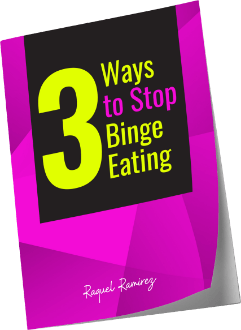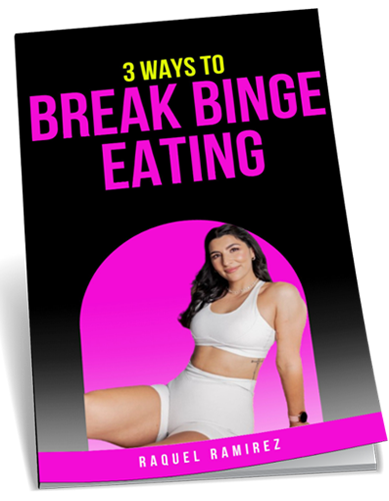Updated August 2020
There’s an abundance of information when it comes to female health these days and lucky for many women who are unsure if what they are experiencing is ‘normal’. My aim is to create awareness of your body. Some of the generalisations in here like “this phase you will feel more energetic and confident” are subjective. Mostly all women will feel tired and less productive during menstruation however other parts of the cycle this is subjective based due to lifestyle experiences (i.e. nutrition, stress, sleep, gut issues, exercise, environment).
This information is not to treat, diagnose or fix, it is for information purposes only.
You can listen to this information via my very own podcast at The Female Health Show CLICK HERE (it’s episode 10!) directories includes Spotify, Itunes, Sticher, CastBox!
A regular period will be 25 to 35 days apart, “28 days is the average but not the rule” – Lara Briden.
You can measure how long your cycle is from “DAY 1” of your HEAVY BLEED DAY until your next heavy bleed day. Which will give you the cycle length of 25, 28 or more. Women who suffer PCOS can have a lot longer or even shorter days apart – it really varies for these women.
Your period is important because it will tell you how healthy you are. The problem is when you face a challenge with your body you probably don’t link it to poor liver detoxification or insulin resistance, we have grown up masking painful experiences with pills. The easy part is learning this, the hard part is taking this next step to understand you’re body WITH this information.
There are four phases in a women’s cycle.
- The Menstrual phase ‘time of the month’
- The Follicular phase ‘post period’
- The Ovulation phase ‘baby or period?’
- The Luteal phase ‘preparing for period again’
Although this graph may be intimidating to look at it’s simple due to not understanding it clearly. Most people have a knee jerk reaction of ‘scroll past’ to scientific diagrams. So, let’s just understand what the four phases are and then you can check back in with this graph as we go.
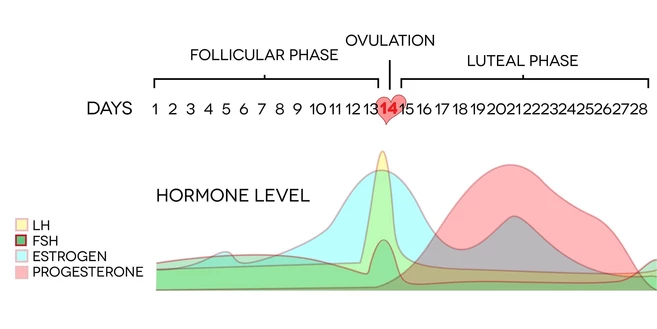
THE MENSTRUAL PHASE
This is ‘the period’, the ‘time of the month’. It typically lasts for 3 – 7 days and you can click this link here to learn more about how long your period ‘should’ be by a favourite resource of mine, Nicole Jardim.
The first day of bleeding is “DAY 1” it’s also the heaviest, it’s due to a significant drop in progesterone levels.
You may begin to feel bloated and think you’ve gained weight around your abdomen, simply, your cervix has moved, it is now firm and lower than normal to allow for the menstrual blood to pass through.
The colour of the bleed should be bright red, or deep cranberry type colour.
You may feel more introverted, pensive and in general weaker or more lethargic. You’re energy is at it’s lowest and generally speaking us ladies prefer some quiet time during this time than being the centre of attention.
THE FOLLICULAR PHASE
This is post period, it typically lasts for 7 – 10 days.
The easiest way I have been able to remember this phase (and may help you too) is follicular = follicle i.e. where the egg will be stimulated to mature. This is due to releases of hormones from the Pituitary Gland (PG), namely Follicle Stimulating Hormone (FSH) which again stimulates one of the ovaries to mature the egg.
Once an egg has been stimulated to mature, the PG releases Luteinizing Hormone (LH), LH is responsible for ovulation.
In terms of cervical fluid also named cervical mucus, you may observe a wetter consistency, not a milky, white colour, perhaps an opaque colour, you may notice this in your underwear or simple when you wipe in the toilet.
Your follicle is the sum of the last 100 days, this is because it takes approximately 100 days to produce follicle that is ready to be released.
So if you’re having problem with your period, recollect the last 100 days. This is what makes fertility charting and bio-marking (weight, food, exercise, stress, bowel movements, gluten / dairy consumed) tracking so. damn. important.
You will likely be more energetic in this phase, improved mood and overall cognitive function and reasoning skills. The increase of oestrogen and testosterone may have this effect too.
Testosterone, yes ladies we do have the almighty testosterone (just not as much as our males, shown in graph below). So gym goers – this is in fact the BEST time to hit PBs in the gym, (or at home if you now are training at home due to covid19 restrictions). This is because oestrogen levels are at their peak between now and the very end of ovulation. Both oestrogen and testosterone are anabolic hormones (building), they are incredibly important in increasing muscle mass, handling stress on the body as well as improving confidence and self-efficacy.
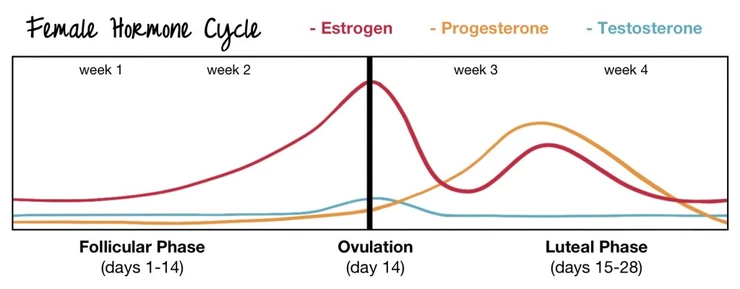
Fun facts: testosterone stimulates our libido and oestrogen suppresses appetite – so, during this time you will likely have more energy and less cravings.
THE OVULATION PHASE
Ovulation is where you either fertilise the egg and create a baby or it turns into a period! The ovulation phase is the shortest, approximately 2 – 3 days in fact. However some will say we are fertile for 5 to 6 days this is only because SPERM can live within the cervix for 5 to 6 days where the egg will be released and sperm can come into contact with the egg and then be fertilised which will become a baby.
The SURGE in LH causes the the dominant egg to be released into the Fallopian Tube. If no fertilisation the egg will be shed in menstruation.
This is the last moment in this cycle to hit a PB or exert some form of exhaustive exercise.
PREDICTING OVULATION
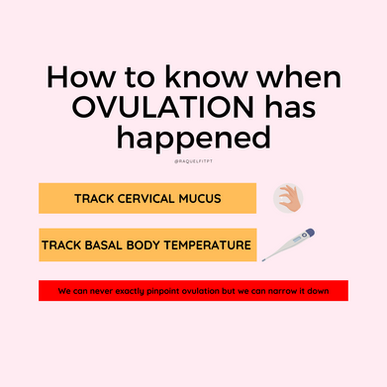 1. Cervical fluid (cervical mucus): Whiter, lotion like, milky white
1. Cervical fluid (cervical mucus): Whiter, lotion like, milky white
2. Track BASAL METABOLIC TEMPERATURE: it will rise by 0.2 to 0.3 degrees Celsius… doesn’t sound like a lot right? well, you may feel it during the night as a hot flush feeling. The benefits of tracking this temperature rise is predicting ovulation. It will help you know if you’ve passed the most fertile window and to EXPECT your period in 10 to 16 days.
These are sympto-thermal methods and they take practice. If you do employ these methods over other contraceptive methods please get help from a fertility coach which can help you along the way. Attempting this on your own is likely to increase human error.
THE LUTEAL PHASE
This is where the luteal phase comes into play. This phase can be split into 2 separate phases, typically lasting 10 – 16 days, this phase now prepares the woman body for menstruation (due to a drop in LH and FSH).
Uterus lining gets thicker post ovulation in the first phase to prepare for possible pregnancy, if no pregnancy then the uterine lining breaks down and sheds which is your period!
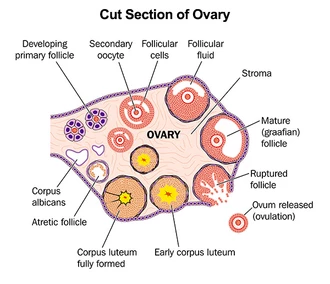 The most important part of this phase is that the incredible corpus luteum (a temporary endocrine gland*) will release progesterone for the luteal phase and then diminish until needed again.
The most important part of this phase is that the incredible corpus luteum (a temporary endocrine gland*) will release progesterone for the luteal phase and then diminish until needed again.
*The endocrine system is the collection of glands that produce hormones that regulate metabolism, growth and development, tissue function, sexual function, reproduction, sleep, and mood, among other things.
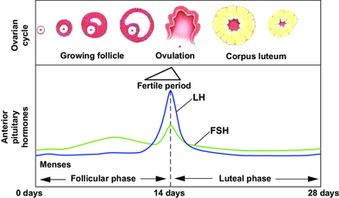 Progestation comes from pro-gestation, which means to nourish and hold a baby, it’s also a calming hormone as it coverts to a neurosteriod called allopregnanolone (ALLO) which acts like GABA in the brain (it promotes relaxation and enhances sleep).
Progestation comes from pro-gestation, which means to nourish and hold a baby, it’s also a calming hormone as it coverts to a neurosteriod called allopregnanolone (ALLO) which acts like GABA in the brain (it promotes relaxation and enhances sleep).
From a biochemical standpoint, the end of this phase is where we really can advise ourselves to smell the roses.
We become hungrier during this phase and our basal metabolic temperature rises, we actually burn more energy/calories during this time – I couldn’t tell you how many calories although that would be interesting there’s not enough evidence or mass data collection to even set possible averages, everyone is different. If you are hungry eat meals not so many snacks. It is normal to crave certain foods during this time however.
Side note: excessive, prolonged, painful or random PMS symptoms are common but not normal. As mentioned speak to your local GP, gyno or natural medicine practitioner.
If there is pregnancy your oestrogen will slightly rise, if there is no pregnancy oestrogen and progesterone will decline and will cause the uterine wall to shed.
You may notice some PMS symptoms but nothing debilitating and you likely want to stay home and wind down as the weeks go on into the second luteal phase “secretory phase”. This is because, as mentioned progesterone is a sleep aid and natural anti-anxiety hormone.
To understand your PMS symptoms then you can take a look at your lifestyle habits from nutrition including type and quality of food, exercise, stress levels, digestive health (gut issues and bowel transit times), including sleep quality and quantity also.
For more in depth analysis of PMS I will explore this briefly in newer blog posts however I recommend to seek support from a natural health practitioner and a team of doctors.
Lastly, if you found this information helpful, share it!
The more we know the better we can make our own informed decisions.

